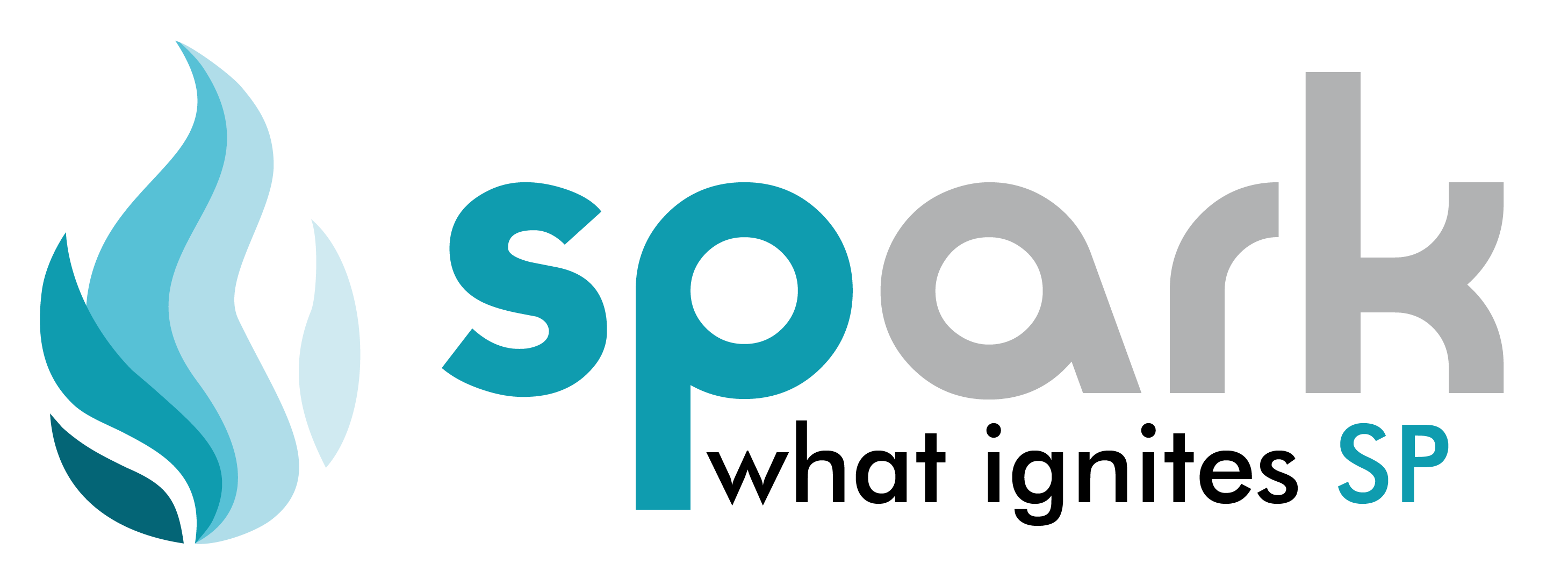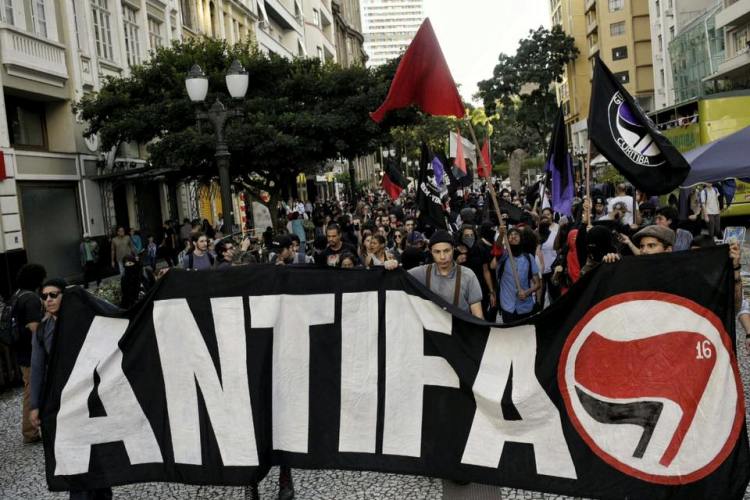The ugly turn of events at several rallies in US this year highlighted the increasing stress between right and left-wing activists. The peace at protests is not only threatened by white supremacists, but also by counter-protesters, Antifa, who engage in confrontational tactics.
What is Antifa?
“Antifa” (from “antifascist”) is a radical left-wing political movement of autonomous anti-fascist groups and individuals. It aggressively opposes the far-right ideology directly, rather than encouraging pro-left policy.

Antifa’s History and Ideology
The first group described as Antifa was the Antifaschistische Aktion, a German communist movement formed in 1932 (from which the contemporary Antifa draws its name and tactics).
Antifa is composed of loose, autonomous groups and has no formal organization, which makes it impossible to know how many members are currently active. Activists typically organize protests via social media. This structure makes it possible for some members to plan more extreme action. They tend to form “black blocs”, which are temporary assemblages of individuals who retain their anonymity via black clothing.
Although Antifa engages in community organizing, fund raising, tracking of online Nazis, and peaceful protests, it is commonly associated with violence against police and people whose political views it deems repugnant.
Their presence at a protest is intended to intimidate and dissuade racists. The use of violence by some members creates a vicious cycle of counter-attacks and blame.
Antifa activists focus on harassing right wing extremists both online and in real life. They have expanded their definition of fascism to include white supremacists, extremists, conservatives and supporters of Donald Trump.

Violent Spree
Antifa tactics include using their fists and throwing various projectiles including crowbars and metal chains. They have deployed noxious gases, pushed through police barricades, and attempted to exploit weaknesses in law enforcement. Images of “free speech” protesters being beaten by black-clad antifa provide right wing extremists with a powerful propaganda tool. They also engage in doxxing which causes right wing extremists to respond with the same.
The relevance and impact of antifa activities in modern times
The protests at Berkeley and Charlottesville have come under focus because of their violent and alarming nature.
A series of violent protests and clashes between organized groups occurred in Berkeley, California. Violence has occurred predominantly between anti-Trump protesters, including far-left radicals such as anarchists and antifa; and pro-Trump and right-wing groups, including the alt-right, white supremacists and neo-Nazis.
Antifa protesters in Berkeley opposed a speech by right wing Trump supporter Milo Yiannopoulos on February 1 through vandalism and violence, causing more than $100,000 of property damage. A pro-Trump march in Berkeley on March 4 and April 15 resulted in more than seven injuries and ten arrests after confrontations with counter-protesters.

A number of fights broke out between members of protest and counter-protest rallies at Martin Luther King Civic Center Park in Berkeley on August 27, injuring eleven people.
The counter-protest mostly included labor unions, churches, liberal activist groups and antifa activists.
In Charlottesville, Virginia, a “Unite for Right” rally was planned for August 12 to protest against the removal of a statue of Confederate icon General Robert E Lee. Anti-racism groups protested against the white supremacists, and violence broke out between them.
A man drove a car into the anti-racism protesters – killing one woman and injuring 19. In the violence that followed, dozens of people were injured and two state troopers were killed.

The event quickly took on enormous political importance as Democrats and Republicans alike denounced the white supremacist views espoused at the far-right rally.
There has been a marked rise in extremist activities on both ends of the socio-political spectrum in US following the election of Trump as the President – fascists, emboldened by Trump’s own ideology and campaign;and anti-fascists, using the excuse of increased fascism to carry out their own intolerant propaganda.

